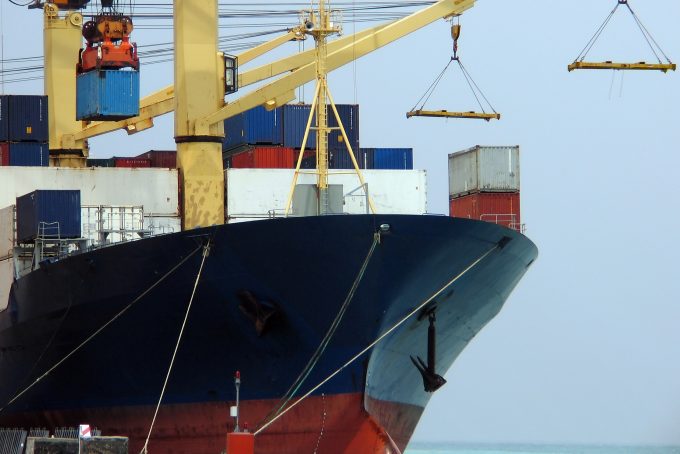Now Korean seafarers try to stop HMM sale: 'don't forget Hanjin'
With just days to go before a preferred buyer is nominated to take the state’s ...
GM: RAISING THE ROOF GGM: IN FULL THROTTLE GZIM: MAERSK BOOST KNIN: READ-ACROSSMAERSK: NOT ENOUGHMAERSK: GUIDANCE UPGRADEZIM: ROLLERCOASTERCAT: HEAVY DUTYMAERSK: CATCHING UP PG: DESTOCKING PATTERNSPG: HEALTH CHECKWTC: THE FALLGXO: DEFENSIVE FWRD: RALLYING ON TAKEOVER TALKODFL: STEADY YIELDVW: NEW MODEL NEEDEDWTC: TAKING PROFIT
GM: RAISING THE ROOF GGM: IN FULL THROTTLE GZIM: MAERSK BOOST KNIN: READ-ACROSSMAERSK: NOT ENOUGHMAERSK: GUIDANCE UPGRADEZIM: ROLLERCOASTERCAT: HEAVY DUTYMAERSK: CATCHING UP PG: DESTOCKING PATTERNSPG: HEALTH CHECKWTC: THE FALLGXO: DEFENSIVE FWRD: RALLYING ON TAKEOVER TALKODFL: STEADY YIELDVW: NEW MODEL NEEDEDWTC: TAKING PROFIT

A very interesting blog from the director of global supply chain at Hampton Products. It explains Free on Board and Free to Carrier – and why both exporters and importers should use the latter to ensure there is clarity over risk and fees in the result of a supply chain disruption – such as Hanjin’s bankruptcy. Both the shipper and the buyer need to understand the concepts involved and make sure they are subsumed into supply chains to ensure there is no confusion. Worth a read for cargo owners in particular – and very relevant at the moment.
Freight rates will stay high next year – no respite for shippers, predicts Drewry
Rates still slipping as peak season recedes and port strike threat subsides
More cargo chaos at Chittagong Port as transport operators strike
A Trump presidency would put pressure on ocean rates and Asian exports
DP World buys 47,000 teu of containers to boost 'end-to-end' ambitions
Europe's logistics operators tighten security after alert by UK counter-terror services
Trump tariff threat and China downturn will make CNY 2025 'different'
Air cargo market enjoys some calm before an expected Q4 storm


Comment on this article